-
×
 21 Laws of Leadership in the Bible
1 × $2.50
21 Laws of Leadership in the Bible
1 × $2.50 -
×
 How to Understand the Mind
1 × $3.25
How to Understand the Mind
1 × $3.25 -
×
 Humanities through the Arts
1 × $20.94
Humanities through the Arts
1 × $20.94 -
×
 A Lamp Unto My Feet
1 × $4.25
A Lamp Unto My Feet
1 × $4.25 -
×
 31 Days to a Happy Husband
1 × $3.50
31 Days to a Happy Husband
1 × $3.50 -
×
 A Guide to Crisis Intervention
1 × $19.50
A Guide to Crisis Intervention
1 × $19.50 -
×
 A Heart Ablaze
1 × $2.00
A Heart Ablaze
1 × $2.00 -
×
 Matrix Reimprinting using EFT
1 × $2.50
Matrix Reimprinting using EFT
1 × $2.50 -
×
 Academy of Nutrition and Dietetics Complete Food and Nutrition Guide, 5th Ed
1 × $7.50
Academy of Nutrition and Dietetics Complete Food and Nutrition Guide, 5th Ed
1 × $7.50 -
×
 Behind the Public Veil
1 × $6.75
Behind the Public Veil
1 × $6.75 -
×
 Keyboard Lessons for Beginners
1 × $2.50
Keyboard Lessons for Beginners
1 × $2.50 -
×
 Marry Your Muse
1 × $4.74
Marry Your Muse
1 × $4.74 -
×
 Mind to Matter
1 × $2.50
Mind to Matter
1 × $2.50 -
×
 An Atlas of Natural Beauty
1 × $3.25
An Atlas of Natural Beauty
1 × $3.25 -
×
 Beyond Discipline
1 × $5.75
Beyond Discipline
1 × $5.75 -
×
 A Handbook for Today's Disciples in the Christian Church (Disciples of Christ) 4th Ed.
1 × $2.25
A Handbook for Today's Disciples in the Christian Church (Disciples of Christ) 4th Ed.
1 × $2.25 -
×
 Concerto in G Major: For Flute and Piano
1 × $2.75
Concerto in G Major: For Flute and Piano
1 × $2.75 -
×
 Mathematics with Applications In the Management, Natural, and Social Sciences
1 × $22.50
Mathematics with Applications In the Management, Natural, and Social Sciences
1 × $22.50 -
×
 Learn to Crochet Granny Squares and Flower Motifs
1 × $3.00
Learn to Crochet Granny Squares and Flower Motifs
1 × $3.00 -
×
 A Popular Survey of the New Testament
1 × $5.75
A Popular Survey of the New Testament
1 × $5.75 -
×
 An Introduction to Biblical Ethics
1 × $13.75
An Introduction to Biblical Ethics
1 × $13.75 -
×
 100 Days to Brave
1 × $2.50
100 Days to Brave
1 × $2.50 -
×
 Moda All-Stars - All in a Row Again
1 × $3.75
Moda All-Stars - All in a Row Again
1 × $3.75 -
×
 An Imam in Paris
1 × $2.50
An Imam in Paris
1 × $2.50 -
×
 Biological Science
1 × $22.50
Biological Science
1 × $22.50 -
×
 First Course in Probability, A
1 × $20.00
First Course in Probability, A
1 × $20.00 -
×
 Music Education in the Caribbean and Latin America
1 × $16.63
Music Education in the Caribbean and Latin America
1 × $16.63 -
×
 Alienation
1 × $13.74
Alienation
1 × $13.74 -
×
 Adolescent Addiction: Epidemiology, Assessment, and Treatment
1 × $17.49
Adolescent Addiction: Epidemiology, Assessment, and Treatment
1 × $17.49 -
×
 Business Communication Today
1 × $22.50
Business Communication Today
1 × $22.50 -
×
 7 Ways to Transform the Lives of Wounded Students
1 × $9.49
7 Ways to Transform the Lives of Wounded Students
1 × $9.49 -
×
 Introductory Statistical Inference
1 × $14.49
Introductory Statistical Inference
1 × $14.49
Subtotal: $287.02


 21 Laws of Leadership in the Bible
21 Laws of Leadership in the Bible  How to Understand the Mind
How to Understand the Mind  Humanities through the Arts
Humanities through the Arts  A Lamp Unto My Feet
A Lamp Unto My Feet  31 Days to a Happy Husband
31 Days to a Happy Husband 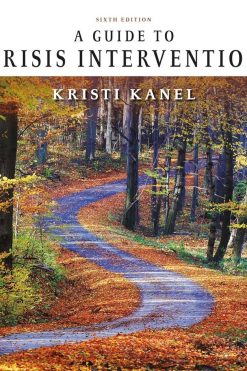 A Guide to Crisis Intervention
A Guide to Crisis Intervention  A Heart Ablaze
A Heart Ablaze  Matrix Reimprinting using EFT
Matrix Reimprinting using EFT  Academy of Nutrition and Dietetics Complete Food and Nutrition Guide, 5th Ed
Academy of Nutrition and Dietetics Complete Food and Nutrition Guide, 5th Ed  Behind the Public Veil
Behind the Public Veil  Keyboard Lessons for Beginners
Keyboard Lessons for Beginners  Marry Your Muse
Marry Your Muse  Mind to Matter
Mind to Matter  An Atlas of Natural Beauty
An Atlas of Natural Beauty 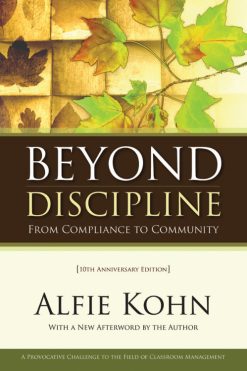 Beyond Discipline
Beyond Discipline 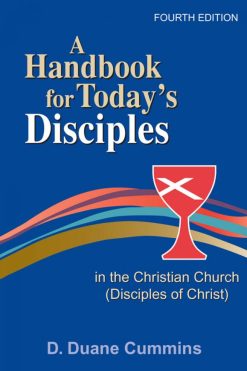 A Handbook for Today's Disciples in the Christian Church (Disciples of Christ) 4th Ed.
A Handbook for Today's Disciples in the Christian Church (Disciples of Christ) 4th Ed.  Concerto in G Major: For Flute and Piano
Concerto in G Major: For Flute and Piano 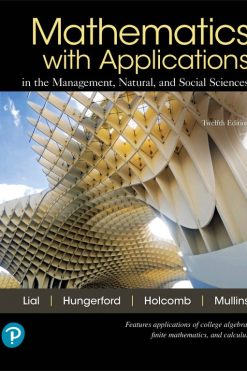 Mathematics with Applications In the Management, Natural, and Social Sciences
Mathematics with Applications In the Management, Natural, and Social Sciences  Learn to Crochet Granny Squares and Flower Motifs
Learn to Crochet Granny Squares and Flower Motifs  A Popular Survey of the New Testament
A Popular Survey of the New Testament  An Introduction to Biblical Ethics
An Introduction to Biblical Ethics  100 Days to Brave
100 Days to Brave  Moda All-Stars - All in a Row Again
Moda All-Stars - All in a Row Again  An Imam in Paris
An Imam in Paris  Biological Science
Biological Science 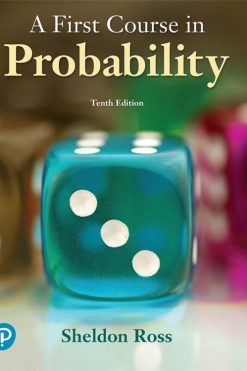 First Course in Probability, A
First Course in Probability, A  Music Education in the Caribbean and Latin America
Music Education in the Caribbean and Latin America  Alienation
Alienation  Adolescent Addiction: Epidemiology, Assessment, and Treatment
Adolescent Addiction: Epidemiology, Assessment, and Treatment  Business Communication Today
Business Communication Today  7 Ways to Transform the Lives of Wounded Students
7 Ways to Transform the Lives of Wounded Students 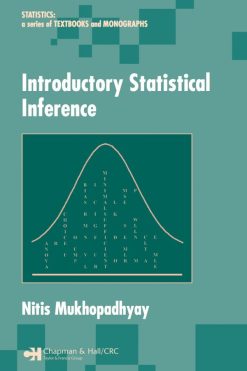 Introductory Statistical Inference
Introductory Statistical Inference 


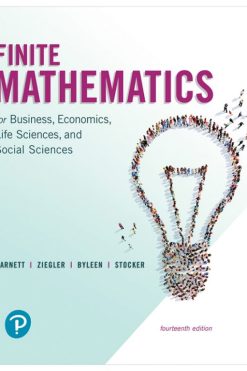
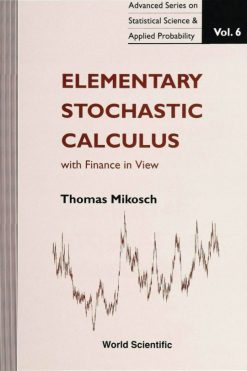
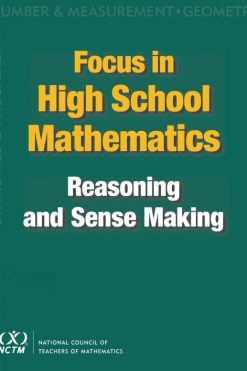




Review Numerical Ecology with R
There are no reviews yet.